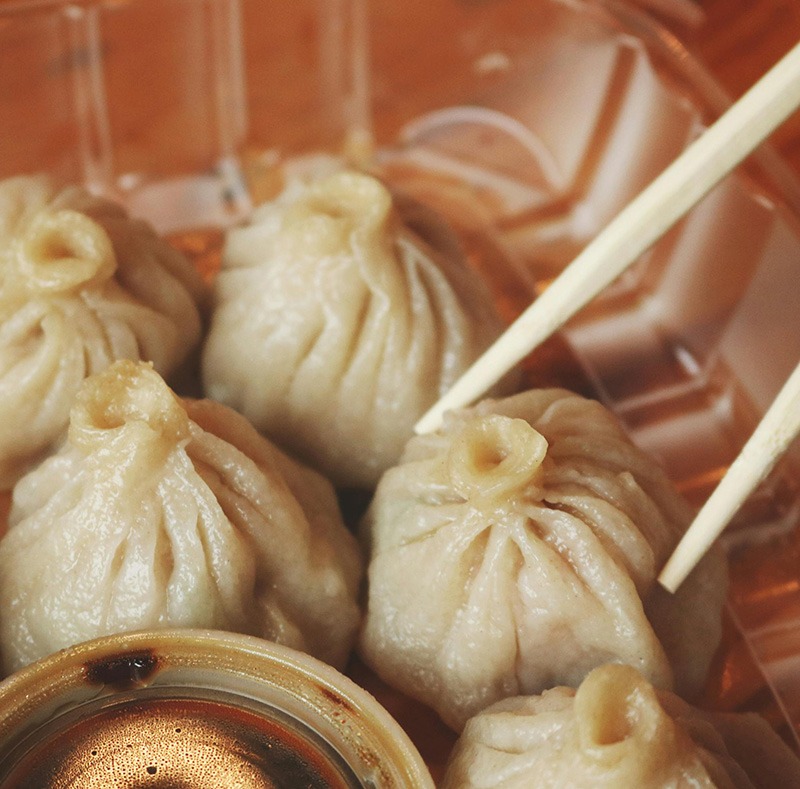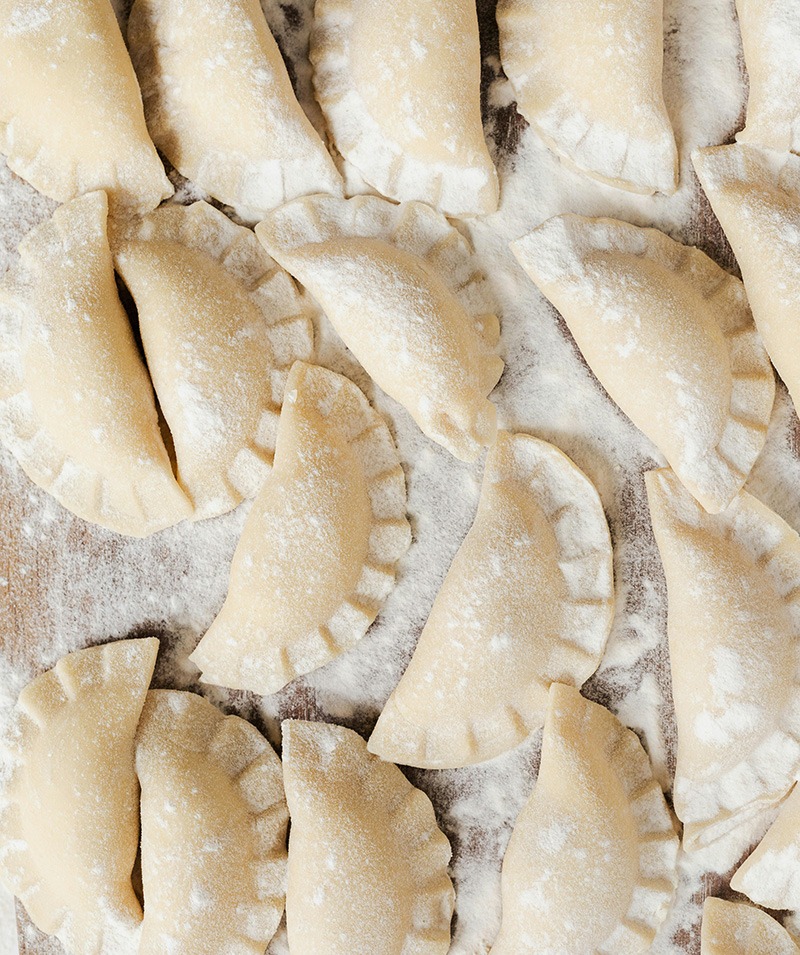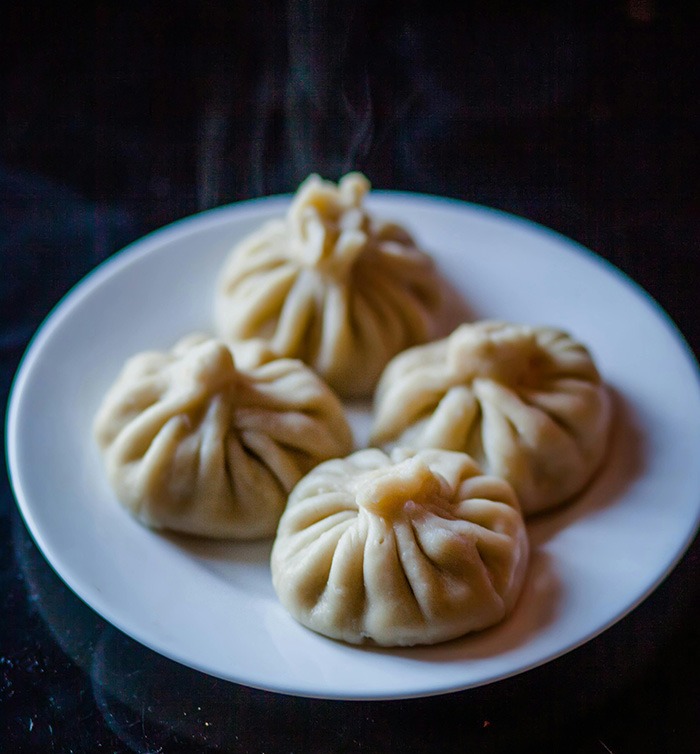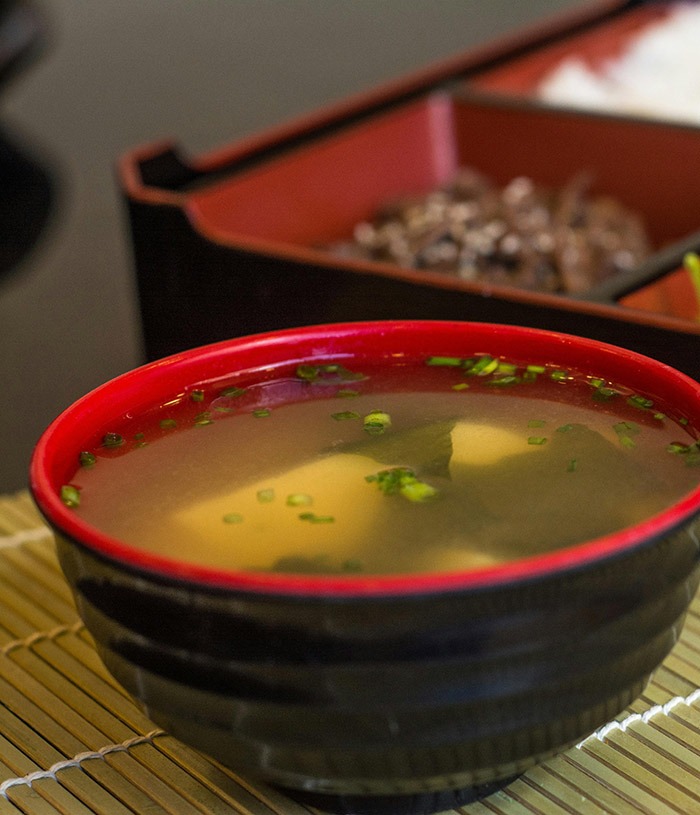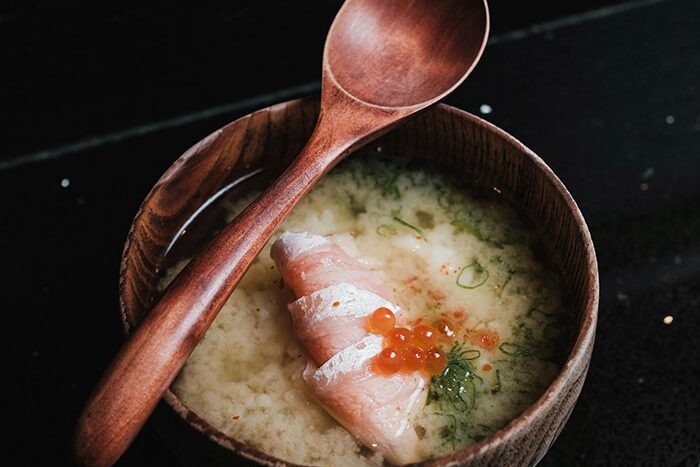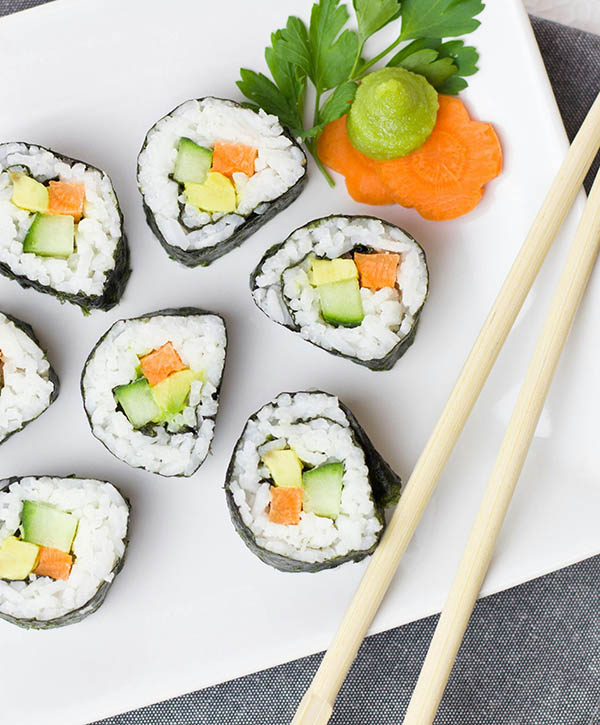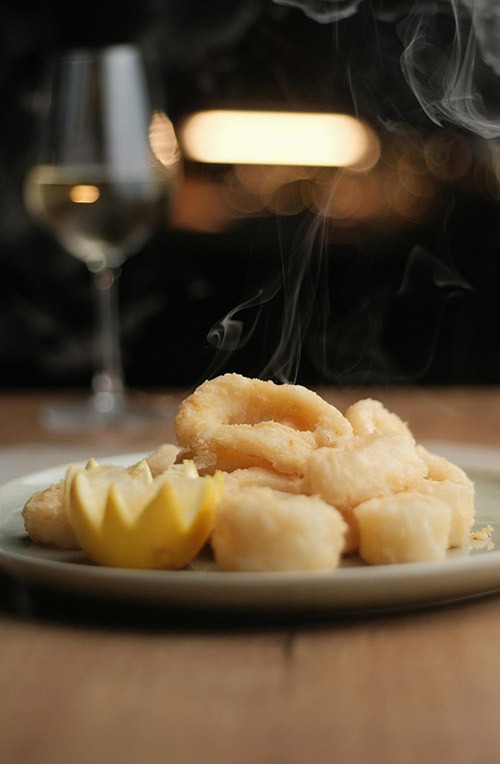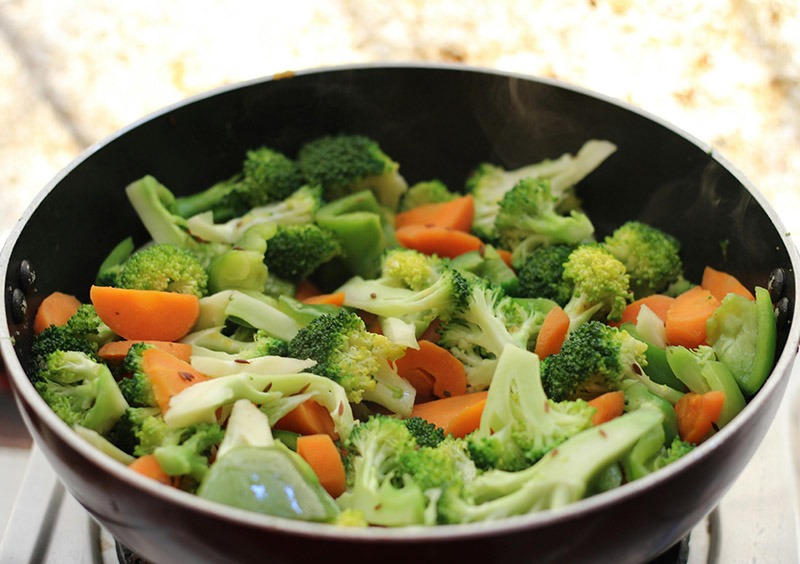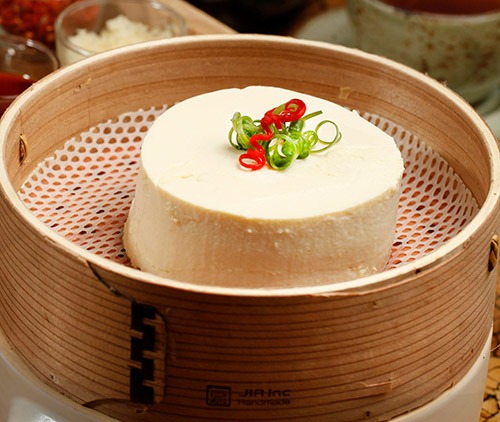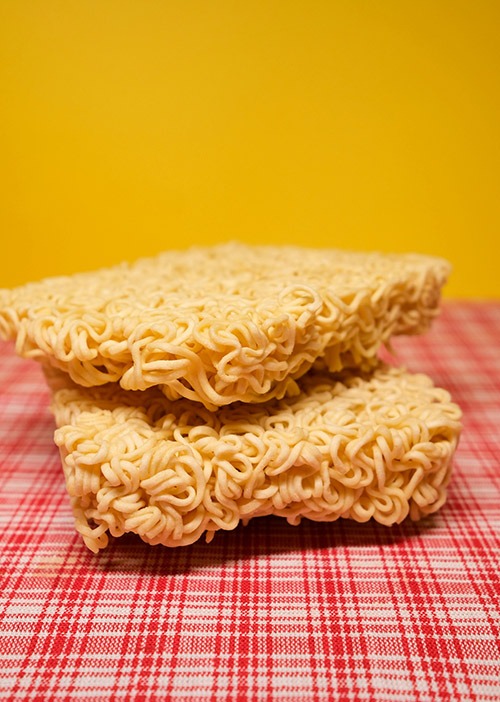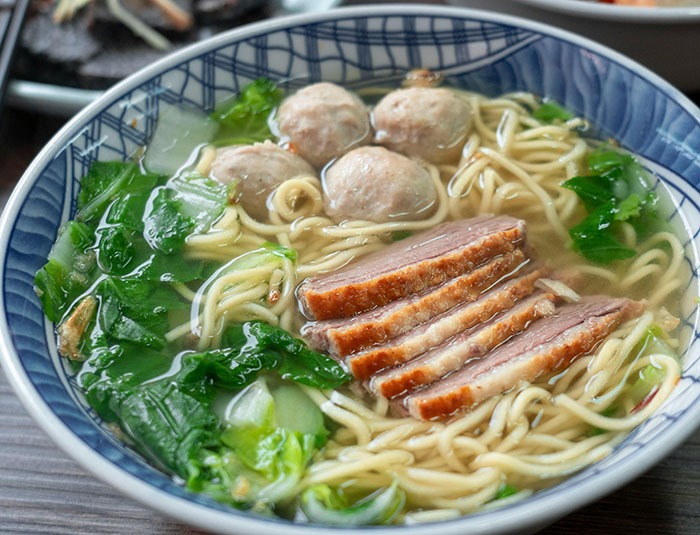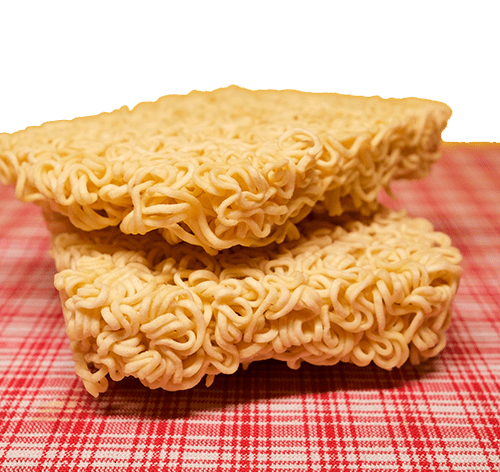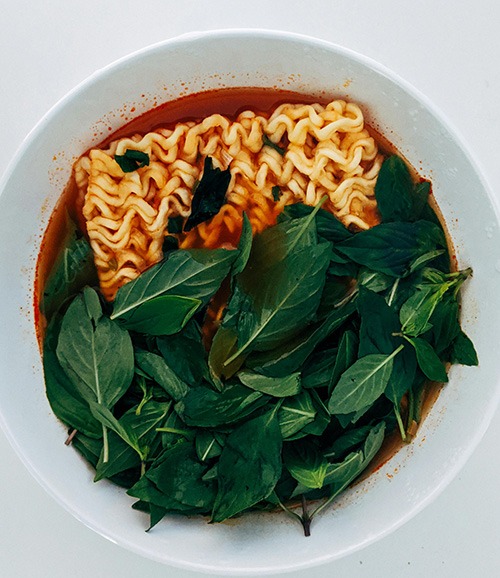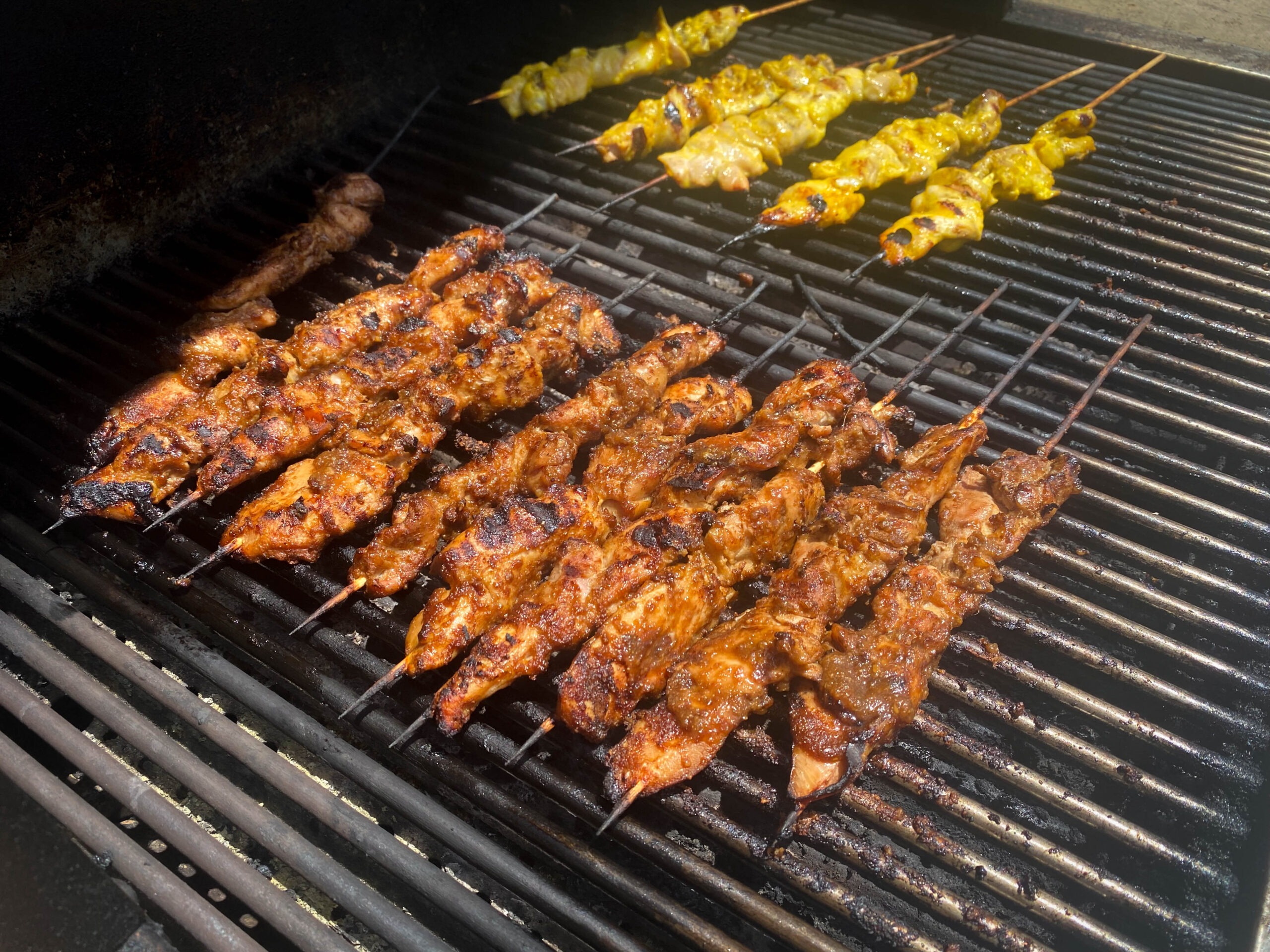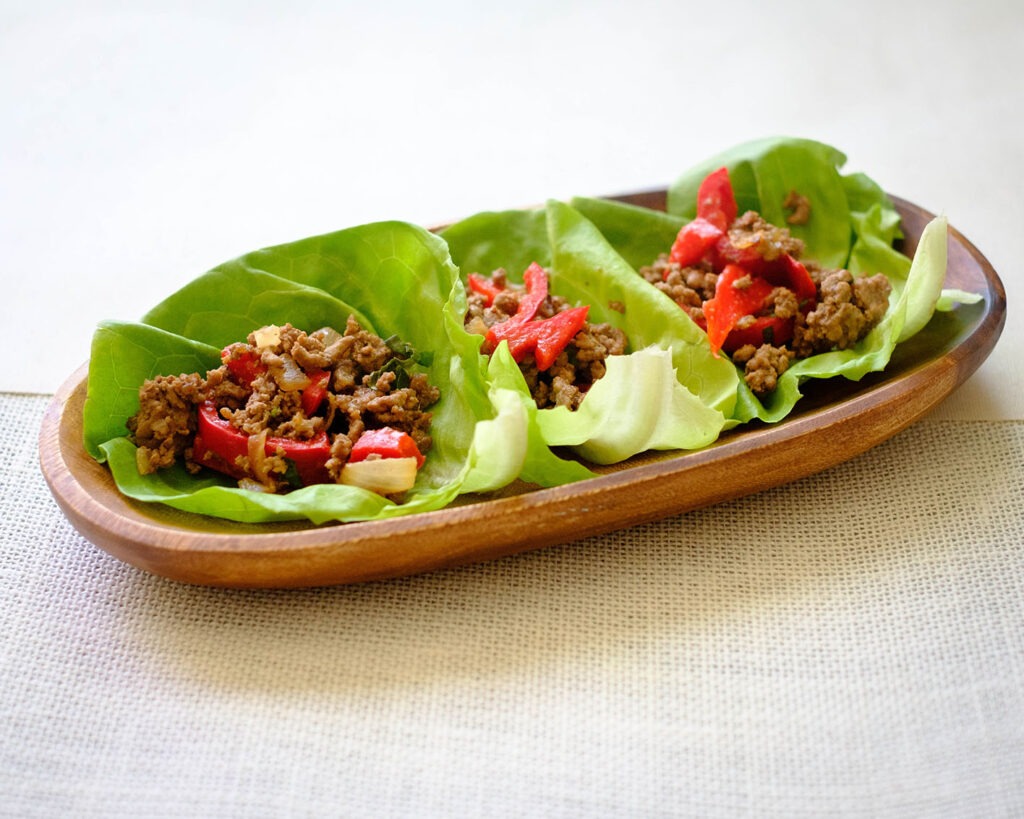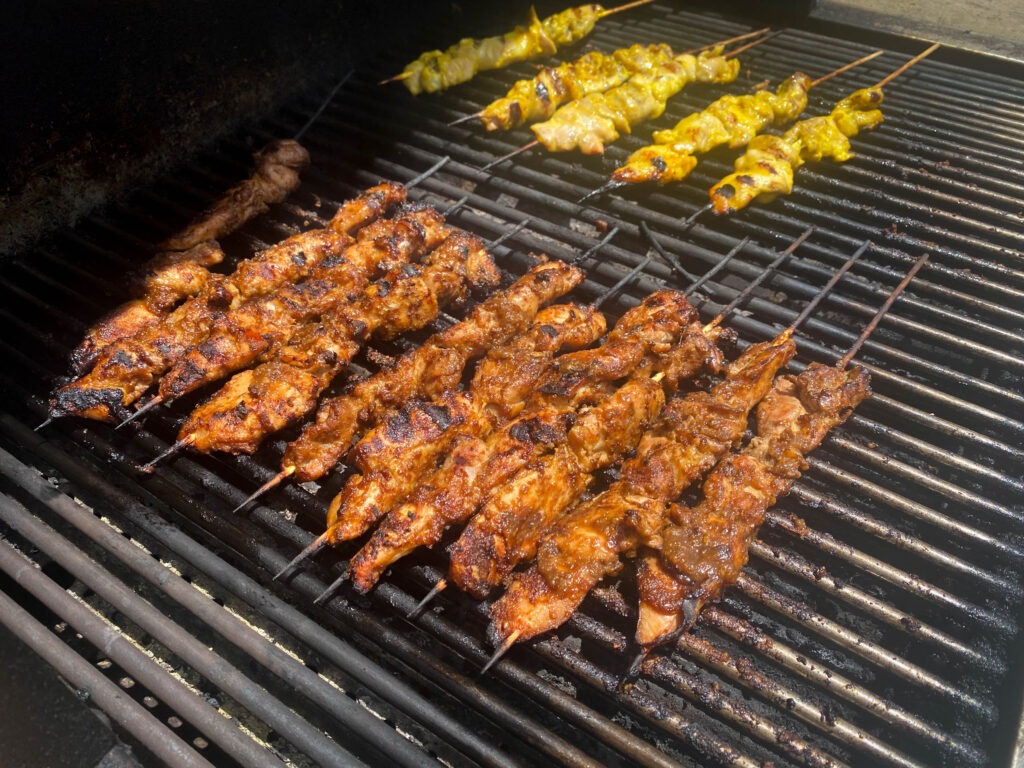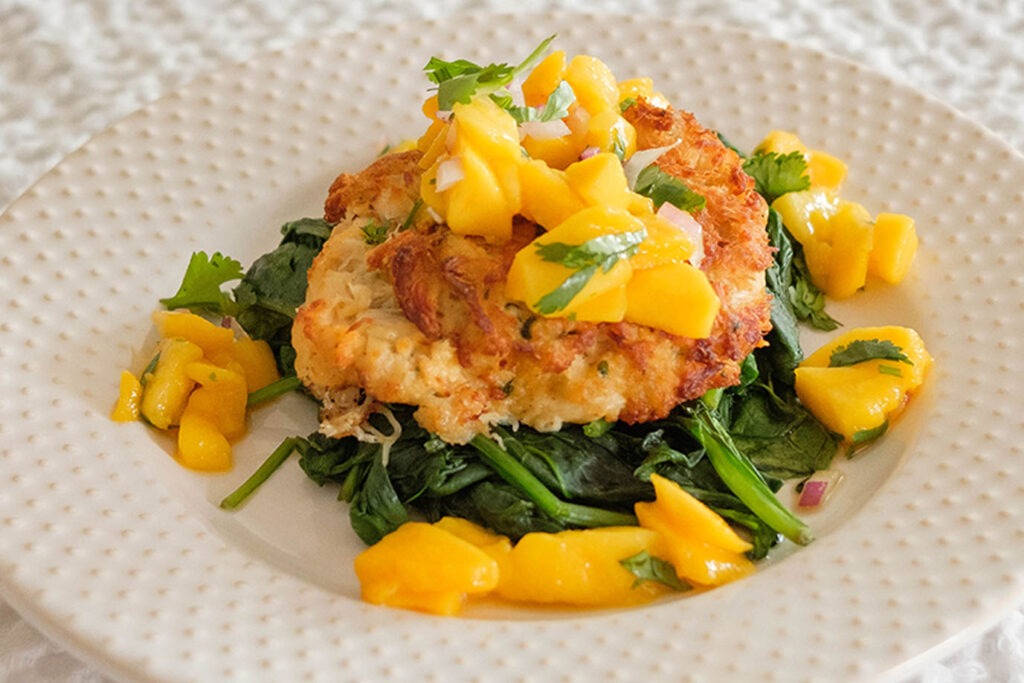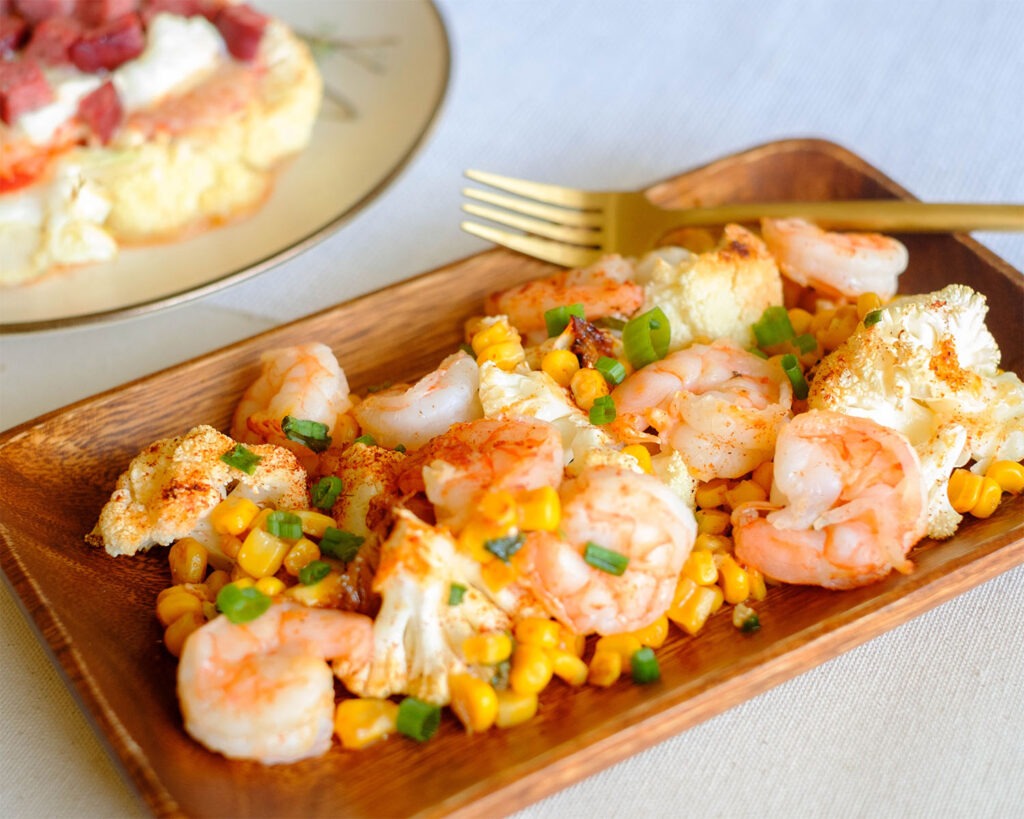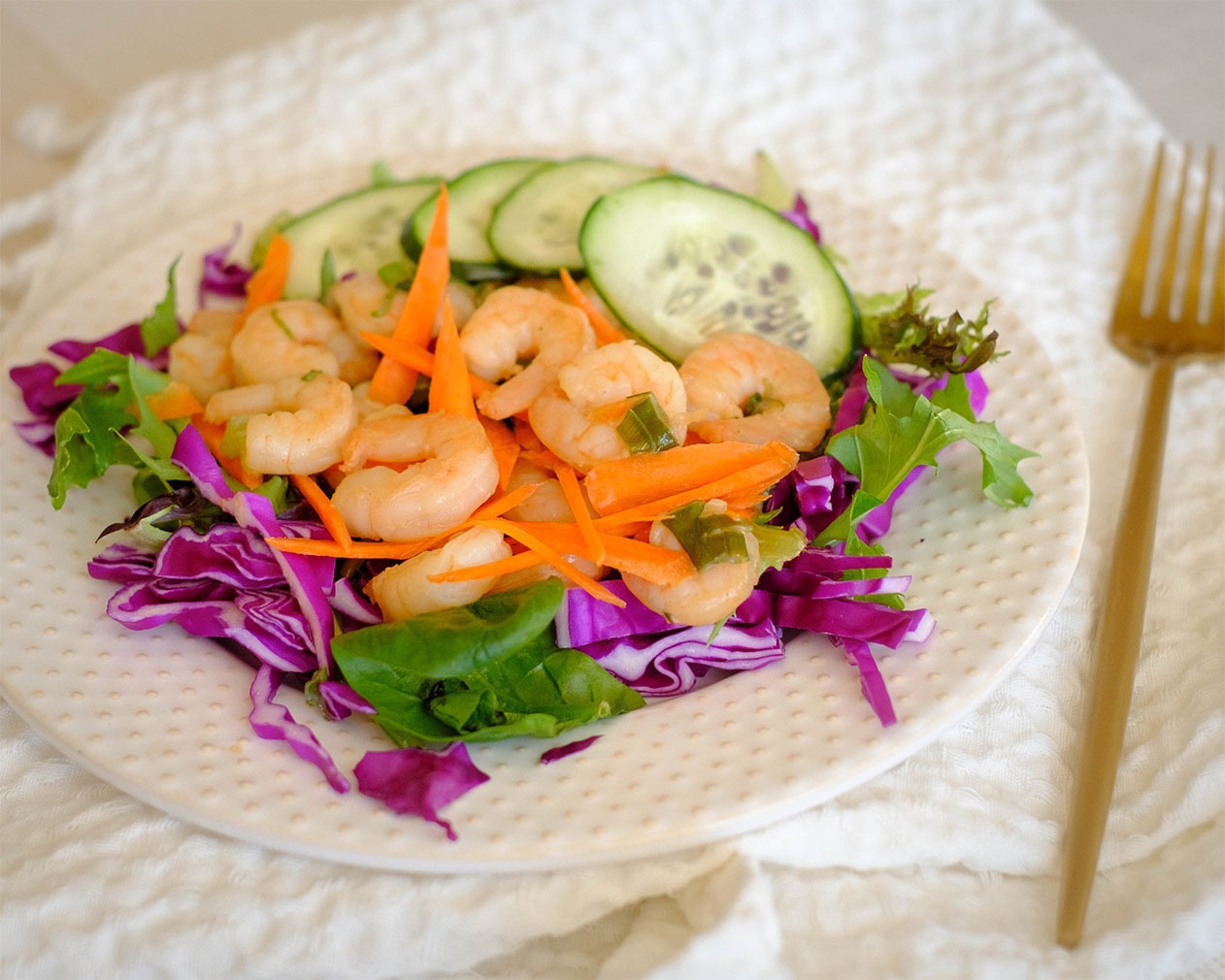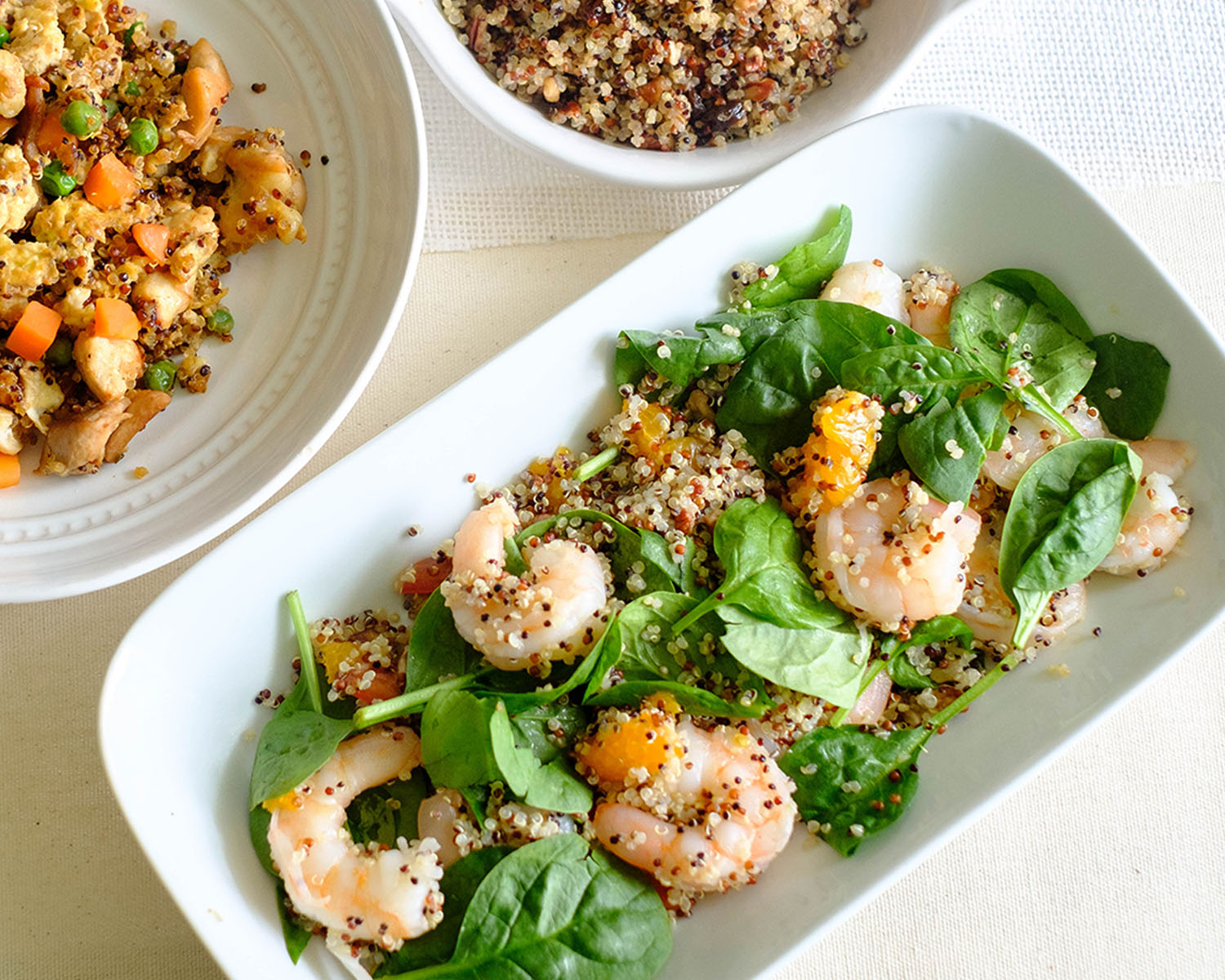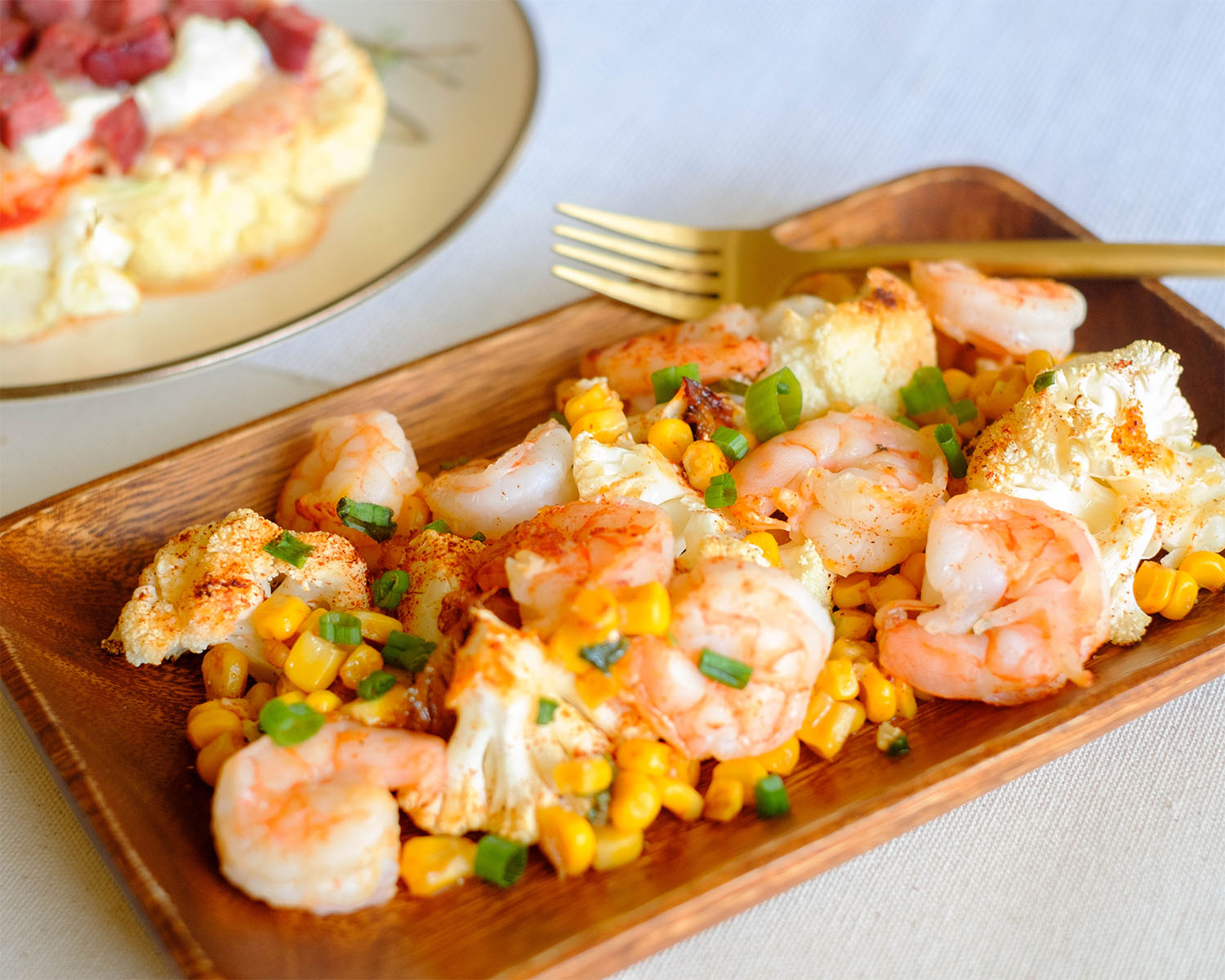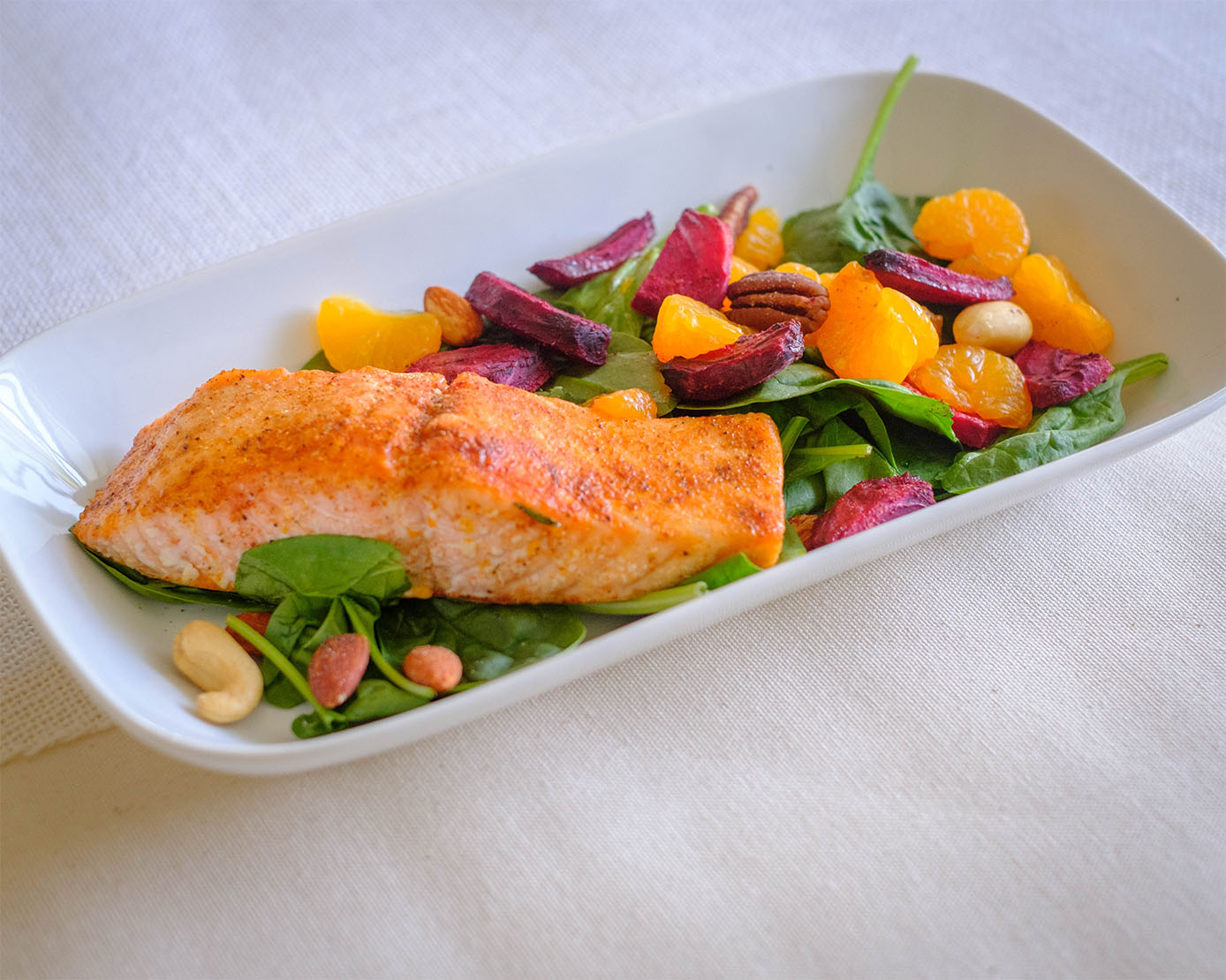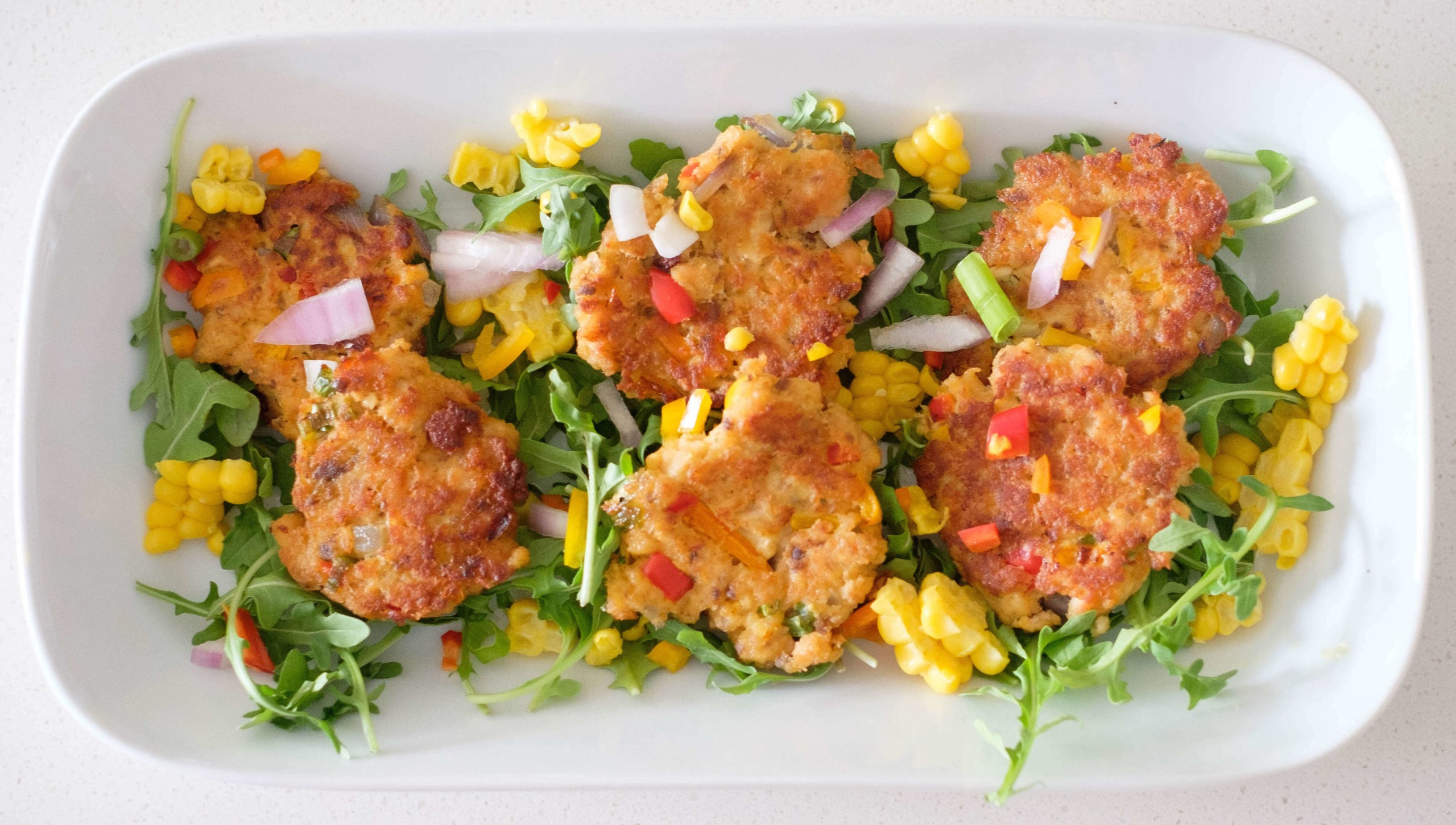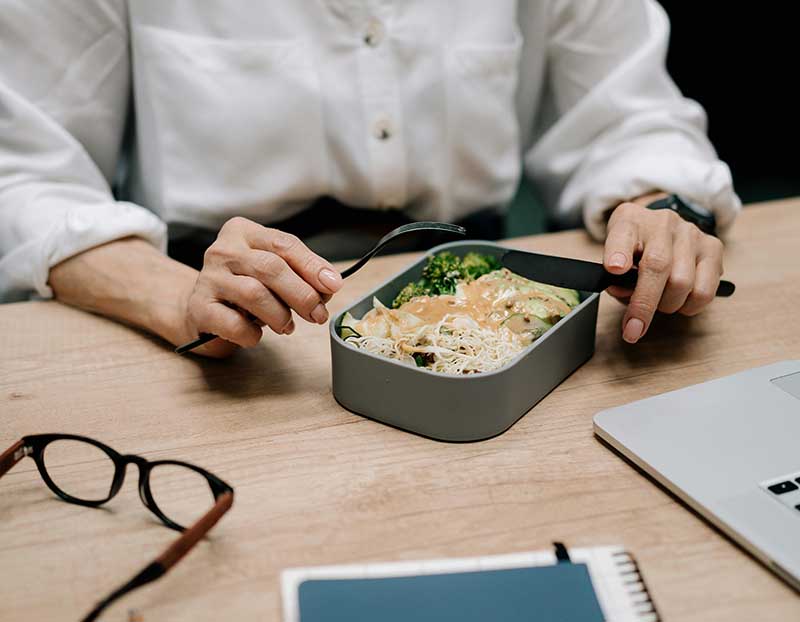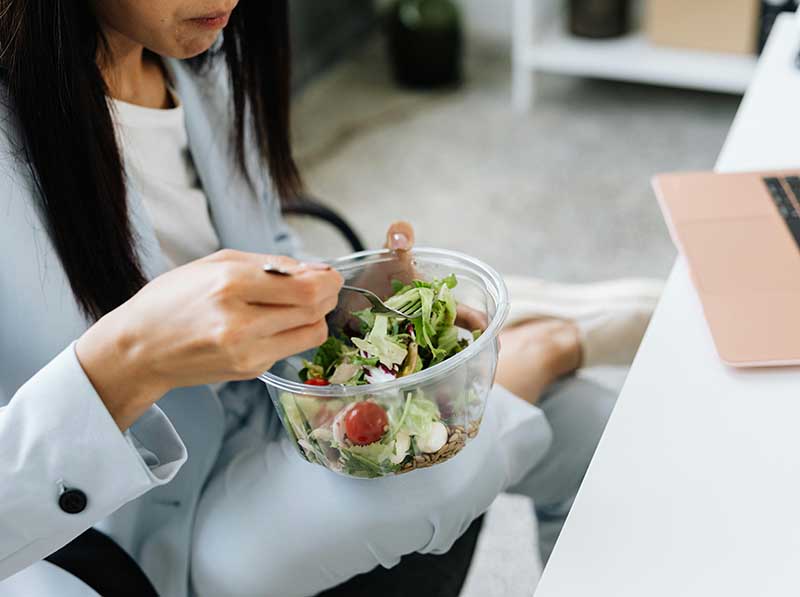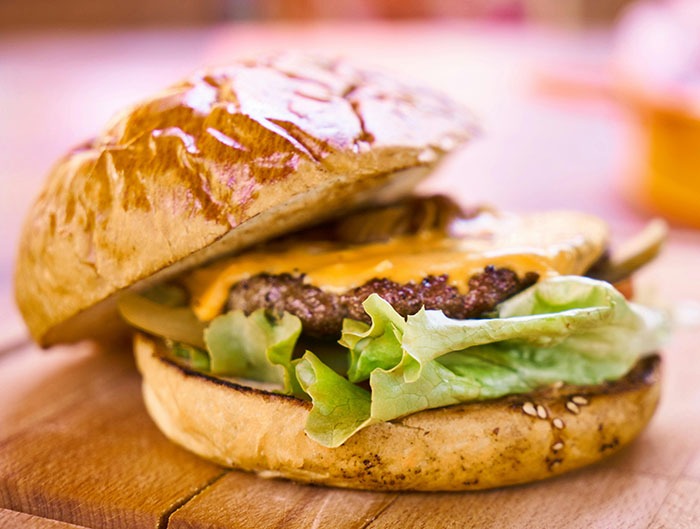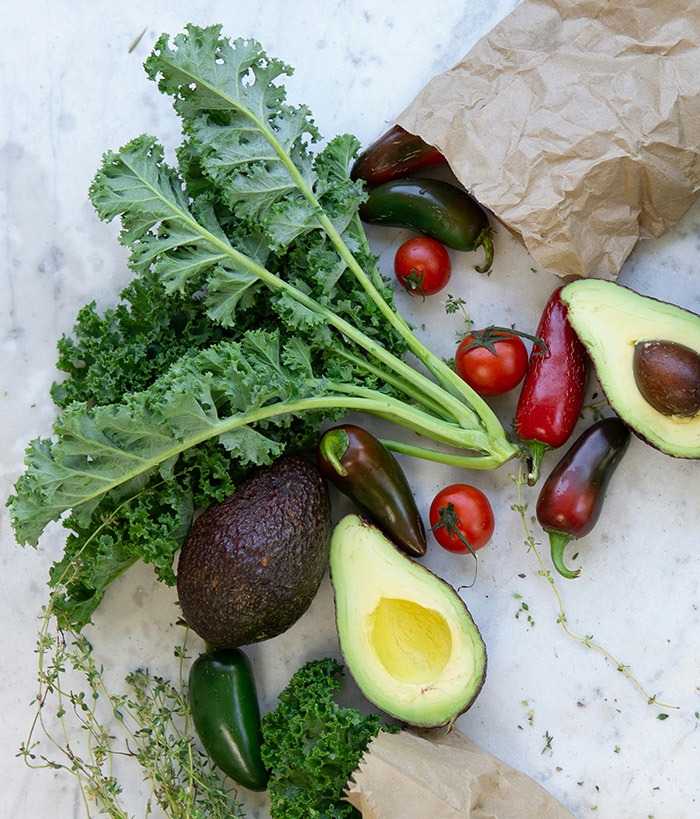
We’re going into that season of delicious food, holiday cheer, and of course colds and flu’s. Immune boosting nutrition can give you a leg up on these seasonal viruses and fend them off before you even get sick. The foods you eat can significantly impact your health and immune system. Vitamins, minerals, antioxidants can all help your body defend against illness or recover faster.
Boosting your immune system with good nutrition isn’t about one good meal and you’ve replenished your vitamins for the day. It’s about consistent living, healthy habits, and meal plans. Not every meal has to be chalked full of nutrients or be zero fat. If eating delicious foods is how you destress, keep eating the foods you enjoy, just limit portion sizes and layer in more nutrient-dense sides and snacks.
Immune Boosting Nutrition Foundation
If you eat a healthy mix of foods then you’re well on your way to strong immune boosting nutrition. The usual suspects of vegetables, fruits, lean proteins, and healthy fats generally contain the nutrients that you need. To be more specific though these are what you’re looking for:
- Vitamin C: Incorporate citrus fruits, bell peppers, strawberries, and broccoli. A powerful antioxidant that helps protect cells from damage and aids in white blood cell production. It also aids in collagen formation, helping maintain healthy skin, blood vessels, and connective tissues.
- Vitamin D: Get outside and get some sun. That gets tough this time of year as the weather shifts and the urge to go outside diminishes. It’s important for immune cell function so give yourself extra doses with eggs and salmon.
- Zinc: Found in chickpeas, lentils, pumpkin seeds, and some lean meats. Supports immune system communication and plays a key role in cell growth, hormone regulation, and maintaining a healthy sense of taste and smell.
- Probiotics: Source from yogurt, kefir, kimchi, and sauerkraut. Probiotics improve gut health by replenishing healthy and necessary bacteria. Gut health is closely linked to immune system health.
- Healthy fats: Foods like salmon, walnuts, and chia seeds produce Omega-3 fatty acids which help reduce inflammation improving immune responses.
Immune-Boosting Meal Prep Ideas
Whether you’re a healthy eater or not, look to incorporate more of the nutrients above into your routine. It’s easier than you may think. A lot of those foods make great snacks. Just supplement your current meal plan with some snacks or sides of chickpeas, yogurt, and strawberries. If you’re looking to do a little more than snack though, try these recipes out to maximize immune boosting nutrition.
- Citrus Ginger Chicken Bowls – Grilled chicken breast with brown rice, steamed broccoli, and a citrus-ginger vinaigrette for a Vitamin C boost.
- Salmon and Sweet Potato Meal Prep – Rich in Vitamin D and Omega-3s, paired with roasted garlic Brussels sprouts.
- Immune Smoothie Packs – Pre-portion frozen spinach, berries, and pineapple with a touch of turmeric and ginger for anti-inflammatory power.
- Vegetable Stir-Fry with Tofu – Loaded with colorful peppers, carrots, and mushrooms in a garlic sesame sauce for antioxidants and plant-based protein.
More Than Just Food Boost Your Immune System
Nutritional diets can make a significant impact on your immune system but it’s not the only factor. Your lifestyle plays a significant role in your immune system’s health.
- Stay hydrated: Water helps flush toxins and supports every cellular process. You’ll probably notice feeling better after only a couple of days of hydrating well.
- Get enough sleep: 7–8 hours nightly gives your body time to repair and build immune cells. Exhaustion is the enemy. When you’re tired, your immune system is tired.
- Move daily: Moderate exercise boosts circulation and helps immune cells move more efficiently. Get out for a walk, soak up some vitamin D, get some fresh air.
- Manage stress: Stress can weaken your immune system. This tends to be the one that can crumble everything else quickly. Stress leads to poor eating and not exercising or staying up late. All of that combines to produce a weak immune system. It’s not easy to just not get stressed. Mindful minutes, breathing exercises, walks, stretching breaks, anything that removes you from the noise for a few minutes can help.
Get Boosting
You will thank yourself later if you make the adjustments necessary to avoid getting sick, and if you do get sick, you still have to recover. Get started now with good meal prep and mindful habits.
Remember, boosting your immune system helps protect those around you. If you avoid getting sick, you prevent passing it along to family members and colleagues. Nobody likes it when the sick person comes into the office and gets everyone sick.



